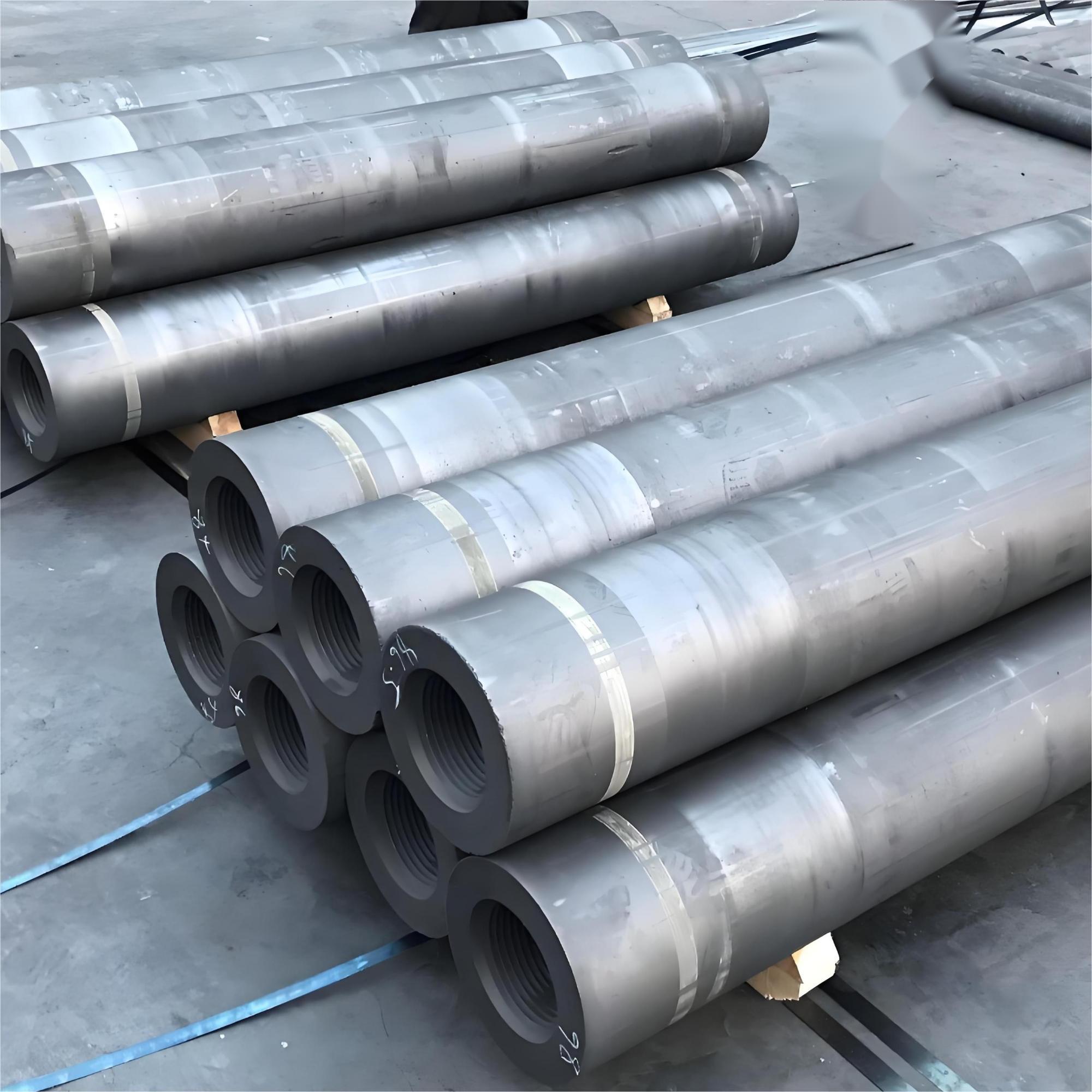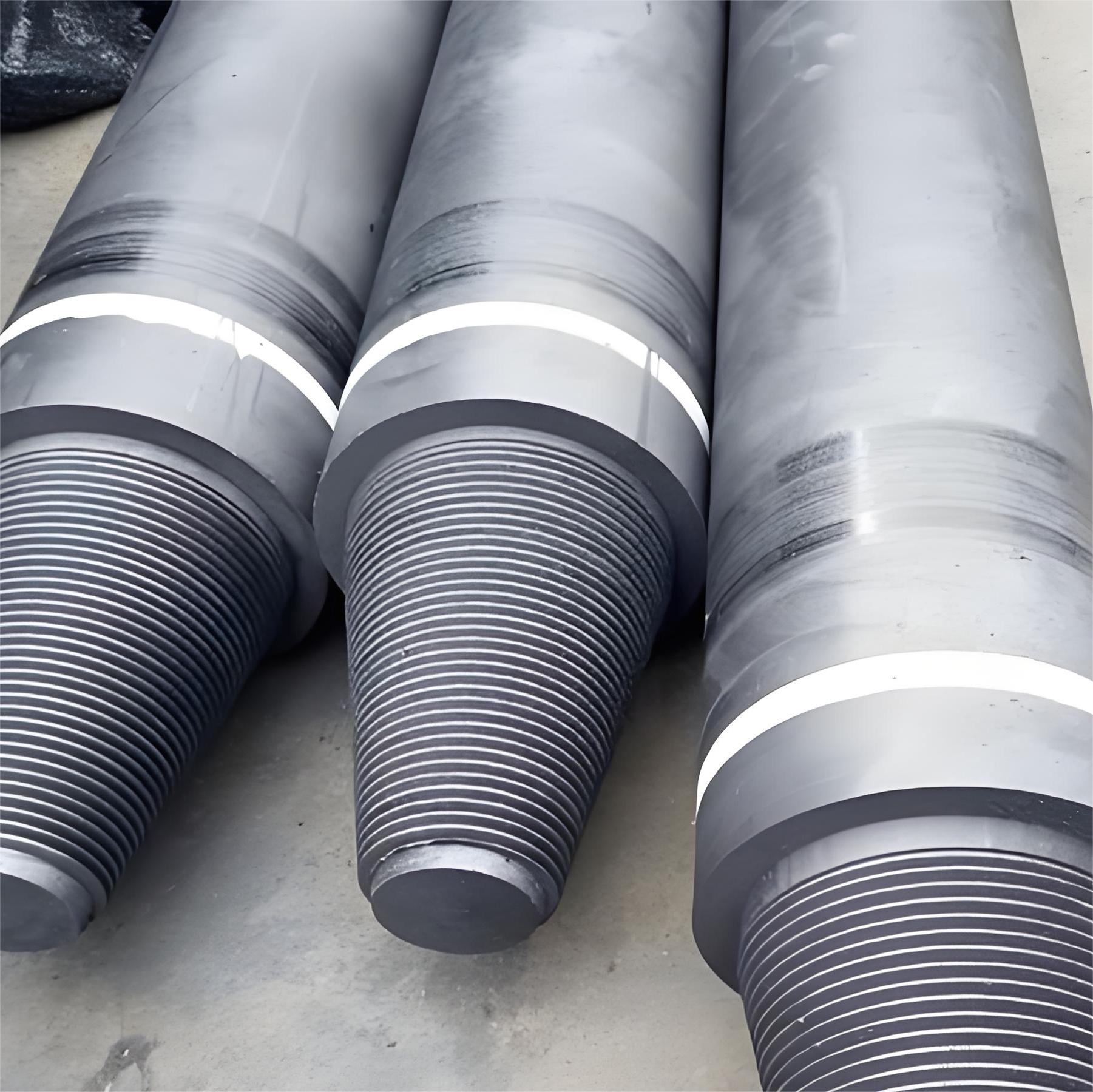
In the rapidly evolving steel manufacturing sector, the demand for reliable, efficient, and high-quality graphite electrodes is more critical than ever. Steel producers worldwide face increasing pressure to optimize production capacity while balancing operational costs and product integrity. High-performance high-power (HPHP) graphite electrodes offer a strategic advantage, delivering exceptional electrical conductivity, thermal stability, and mechanical strength that meet the rigorous requirements of modern electric arc furnaces (EAFs).
Crafted meticulously under stringent international quality management systems, these electrodes attain a carbon density exceeding 1.52 g/cm³ and maintain impressively low electrical resistivity between 7.5 and 10 μΩ·m. Such parameters ensure minimal energy losses during melting, directly contributing to lower operational costs and enhanced furnace productivity. Furthermore, their exceptional high-temperature resistance guarantees structural integrity even under the most demanding thermal cycles, reducing downtime due to electrode wear.

Understanding that steel manufacturing processes vary widely, the electrode’s length is customizable from 75mm up to 2700mm, ensuring perfect compatibility with diverse furnace models. This flexibility allows manufacturers to optimize electrode performance and lifespan according to their specific operational demands. Complementing bespoke product dimensions is an industry-leading delivery timeframe of approximately 35 days, enabling just-in-time inventory management and reducing capital lockup.
The manufacturing entity behind these electrodes boasts over two decades of global experience supporting steel producers across continents. Its adherence to internationally accredited quality standards such as ISO 9001 not only affirms product reliability but also builds a trusted partnership foundation critical to high-stakes industrial procurement decisions.

Multiple steel manufacturers have reported measurable improvements after integrating these high-power graphite electrodes into their melting operations. For instance, a leading Southeast Asian steel plant witnessed a 12% enhancement in electrode life span complemented by a 7% reduction in energy consumption per ton of steel produced within six months. This translated directly into substantial cost savings and improved furnace throughput.
Another European steel producer credited the custom sizing and rapid delivery capability for avoiding a costly production halt due to electrode shortage. The tailored electrodes not only matched stringent compatibility requirements but also delivered consistent electrical performance, thus stabilizing melting times and operational reliability.

The steel industry is increasingly focusing on sustainable manufacturing practices and energy efficiency to meet environmental regulations and market demands. High-performance graphite electrodes play an essential role in this paradigm by enhancing electric arc furnace efficiency and reducing CO₂ emissions related to energy use. Market forecasts indicate steadily rising adoption rates of advanced graphite electrodes, correlating with the global push towards electric steelmaking processes.
In this context, selecting a graphite electrode partner who can offer both technical excellence and supply chain responsiveness becomes not just a cost consideration but a strategic imperative to uphold competitive advantage. The ability to customize, assure product quality, and consistently meet delivery timelines distinguishes industry leaders committed to operational excellence.
The high-performance high-power graphite electrodes delivered by Zhengzhou RongSheng Refractory Co., Ltd. represent a proven solution that empowers steel manufacturers to strike the critical balance between quality assurance and cost efficiency. Their robust physical characteristics, combined with tailor-made sizing and expedited delivery, make them the preferred choice for mills aiming to maximize productivity and process reliability.
Investing in these electrodes translates to better furnace stability, prolonged electrode lifespan, and ultimately, a healthier bottom line — factors integral to staying ahead in a highly competitive market.











